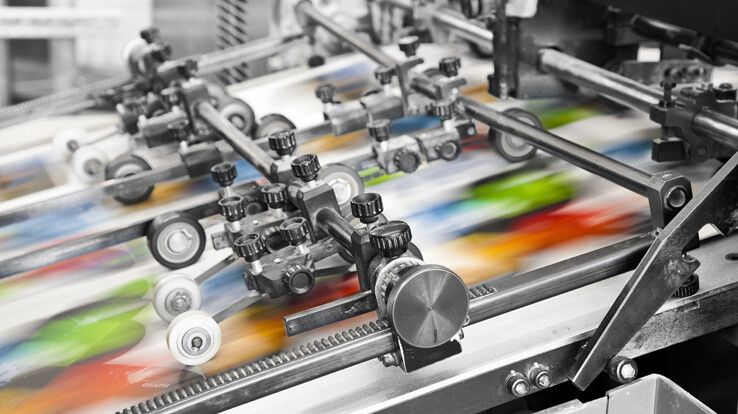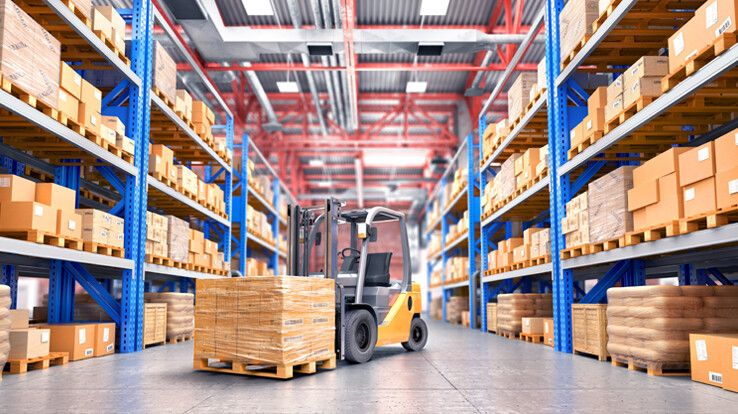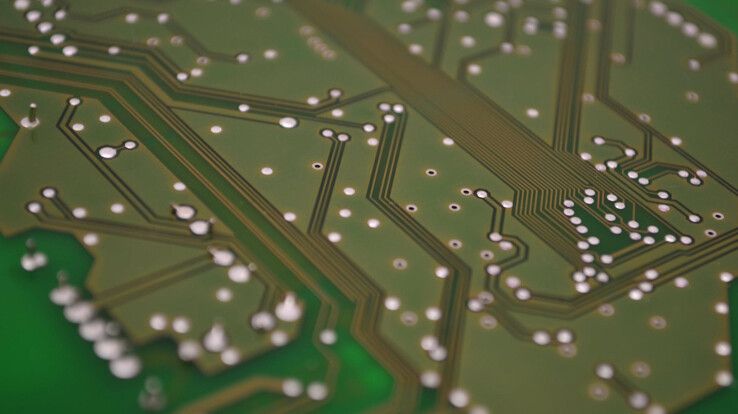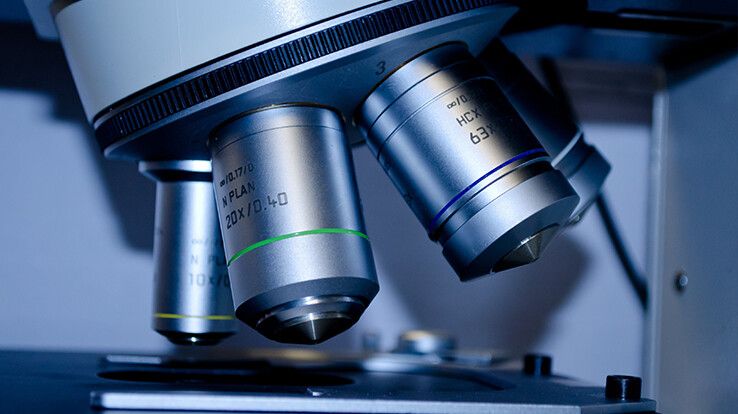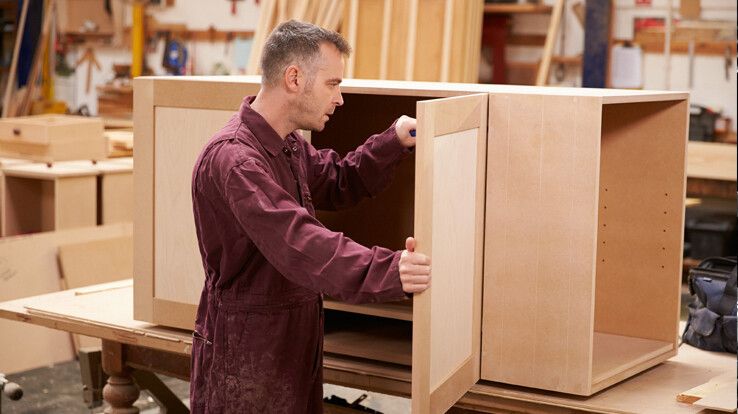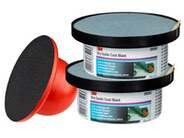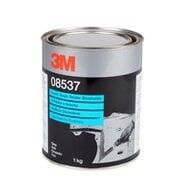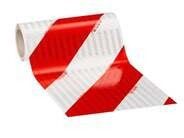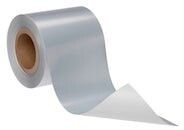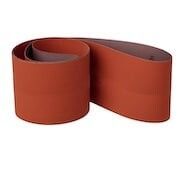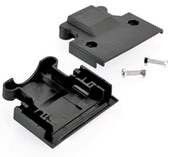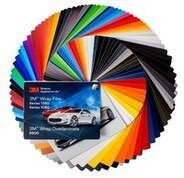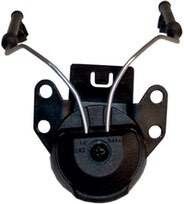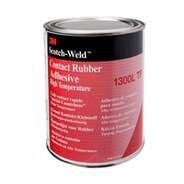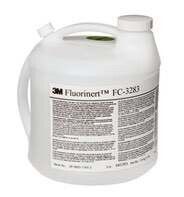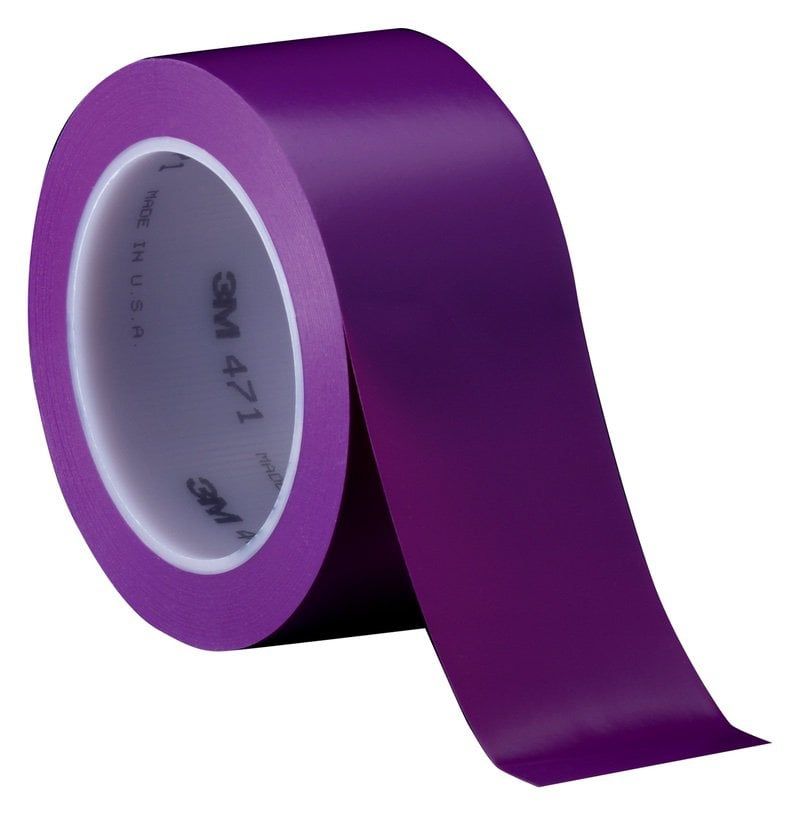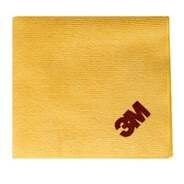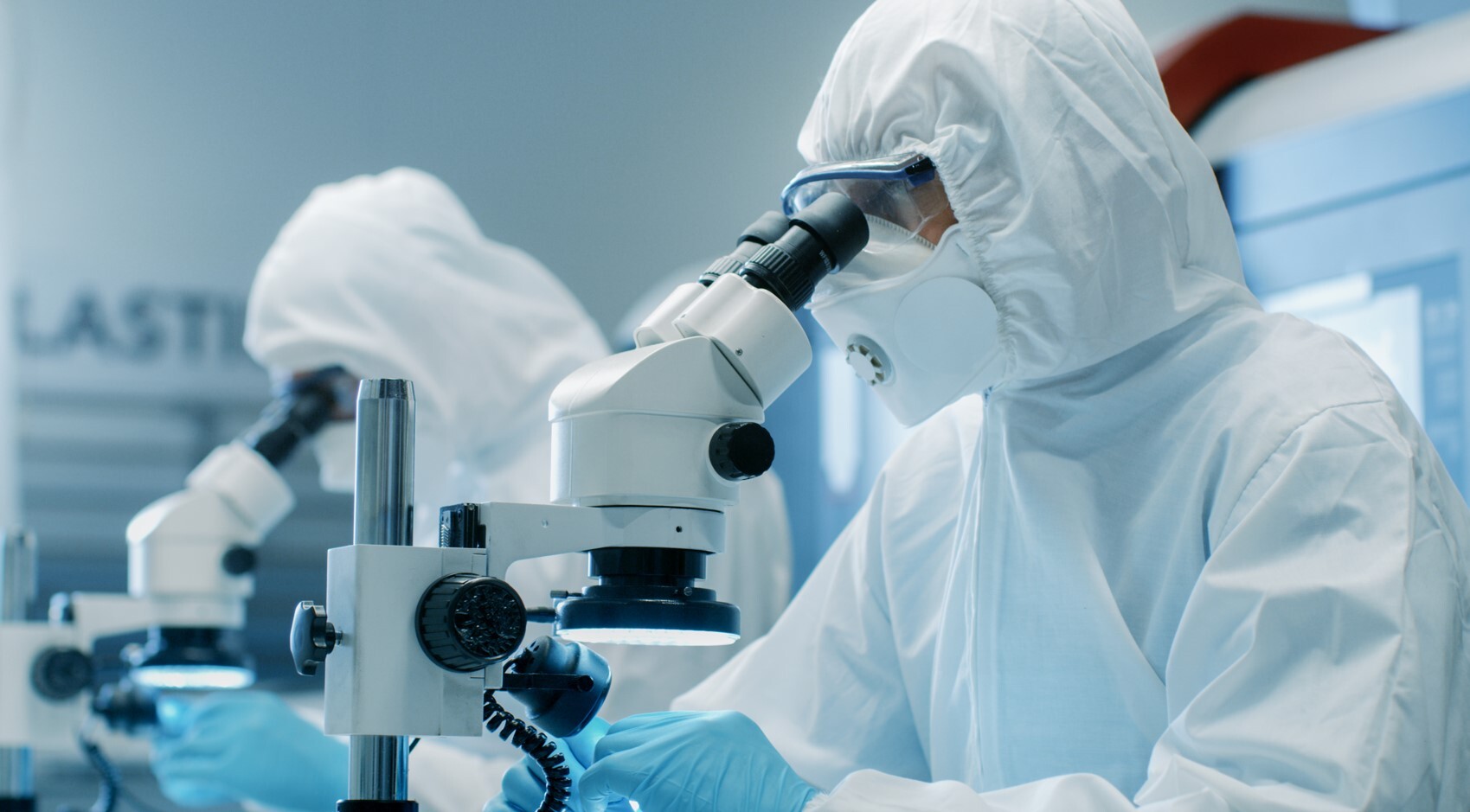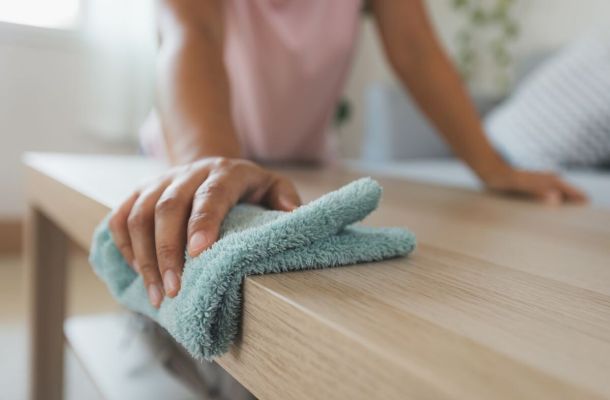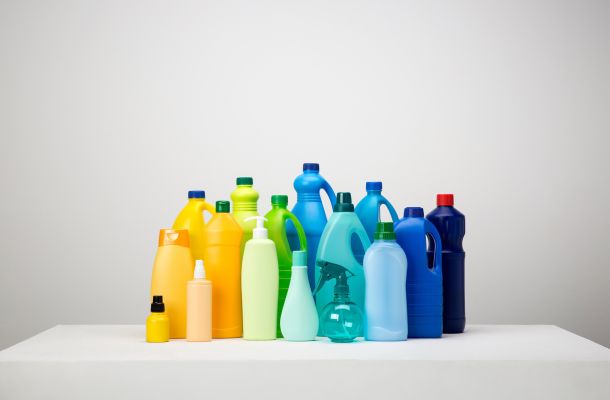Cleanroom: spotless cleanliness in any given area


A cleanroom is an area with the lowest possible levels of gases, dust particles, micro-organisms, and pollutants in the air. It is a sterile space in which both temperature and humidity are controlled. Here are the most important things to know about a cleanroom.
Cleanroom standards
Cleanroom standards aim to remove as many contaminants from the air as possible. However, this cannot be achieved 100% of the time, which is why the ISO classification system had been introduced, which is based on the number of particles per cubic metre in the cleanroom. Let's look at the most common standards!
US FED STD 209E
This was the first standard for a cleanroom, set in the USA. Although it was later withdrawn, many large companies still follow it today.
ISO 14644-1
ISO 14644-1 is the most popular of the modern cleanroom standards. This standard not only contains requirements for the design of the space but also guidelines for its creation and use.
GMP-EU
This standard examines the quality of cleanroom space in practice, i.e. during the implementation of defined methods and procedures. They are therefore very strict guidelines to be followed.
In which sectors is a cleanroom relevant?
There are manufacturing and research processes that demand impeccable purity, and even more! A sterile environment, free of all contaminants, dust, and organic matter. Without this, error-free production would be impossible.
The development of the cleanroom laboratory evolved out of the habits of the pharmaceutical and research sectors, where a completely clean and sterile space was first needed to carry out processes. Over time, however, other industries have emerged which have also required clean working areas. These include nanotechnology, hardware manufacturing, information technology, automotive component manufacturing, optics, space industry, the food industry and any other sector that requires a high degree of precision.
What contaminants can enter the working areas?
The source of contaminants can be almost anything that rotates in the air. It can be brought in by workers on their clothes, hair, or make-up. Sources can also include dirt on tools and pieces of equipment, fragments, and particles from packaging.
Finally, the room characteristics should also be mentioned. If the walls are full of cracks, paint is running off the walls, and the windows and doors do not close properly, the cleanliness of the room can be compromised.
How can a contamination-free space be created?
The heart and soul of a cleanroom is the aeration system. The air handling unit sucks air through the surface of the ventilation grille, cleans it with a HEPA filter and then returns the air to the cleanroom through the ceiling fan. This air replacement is carried out several times an hour to ensure that the particle count does not exceed a specified level.
The design also ensures that there is an as little surface area as possible where dust particles can get stuck. For example, curved profiles are placed in sharp corners so that dirt cannot gather and settle in the corner and is easier to clean.
In the case of a clean area, care must also be taken not only to create cleanliness but also to maintain it. Therefore, care should be taken at the entrance to keep dirt outside the door. Available from Flanker, the 3M™ Nomad™ 4300 Ultra Clean Cleanroom Sticky Mat is antimicrobial and multi-layered. As the name implies, the sticky surface does the cleaning, with one-half of the sticky mat adhering to the floor and the sticky top half removing dirt. Available in a range of sizes, there are water clear and blue sticky cleaning mats.
As described above, the source of the dirt is very often the employee, so people should only enter the cleanroom, if not the plant area, wearing protective clothing. Shoes and capes are a basic requirement in most cases, as is the requirement to wear clothing that covers the entire body. Hair nets, face masks and gloves are also compulsory in many places. Some protective clothing can be cleaned after use, but some must be thrown away. In most cases, access is through an airlock door.
Objects and equipment are moved through a material transfer box. These boxes are designed to have a door on each side, both to the clean room and to the outside. When inserting objects, care must be taken to ensure that only one door is open at any one time, so that the two spaces are not in direct contact.
The clean space is a complex environment that not only needs to be designed and constructed with specific considerations in mind but also requires great care in its use. Advanced equipment is used to ensure air quality and strict rules apply to the work processes in the cleanroom.
Flanker is a major partner of industrial operators. Whether in the printing, paper, packaging, electronics, or automotive industries, we offer high-quality solutions and products. Click here to browse our webshop!
More articles
Flanker Plusz Kft.
Contact Details
Boti Street, 100.


